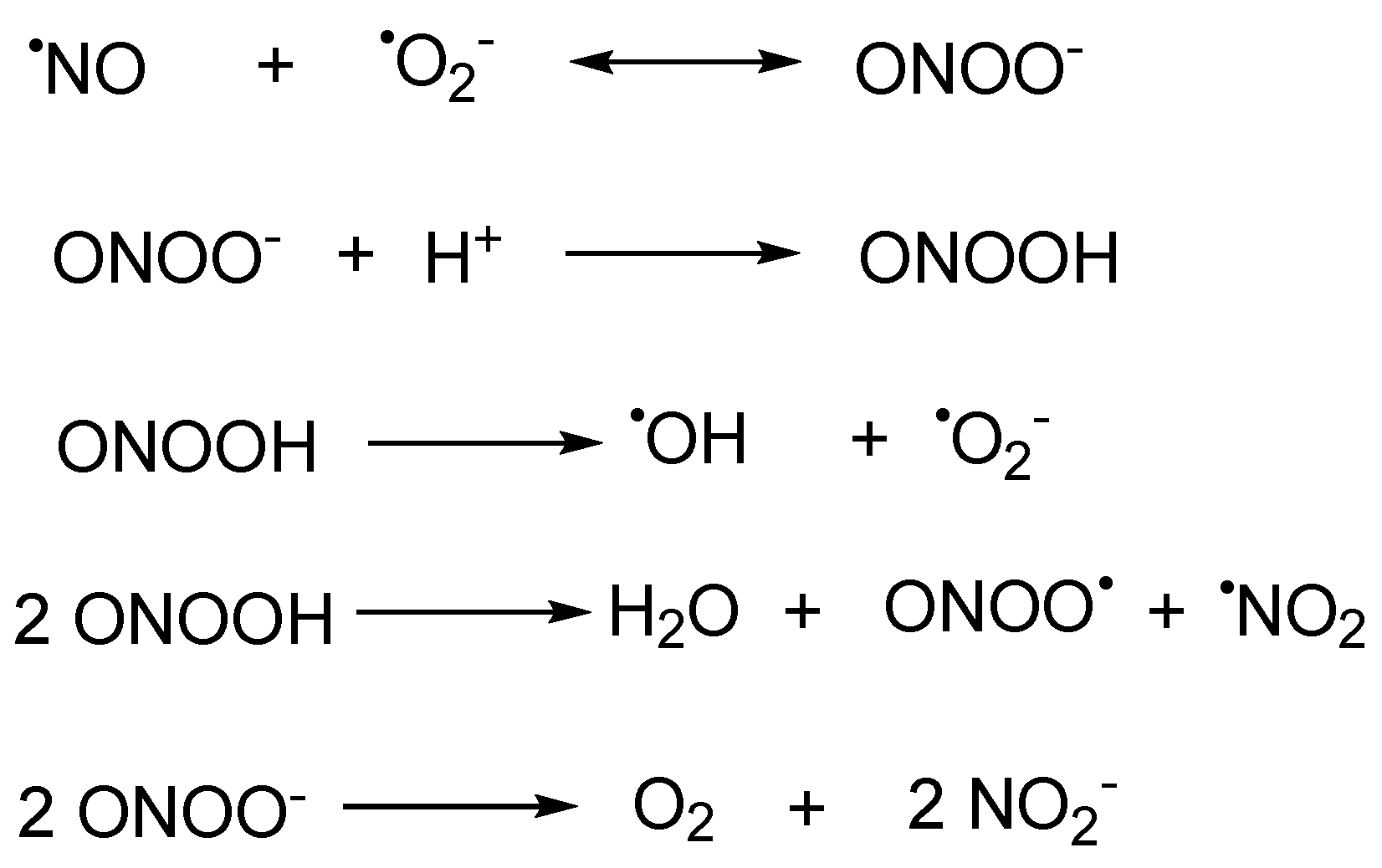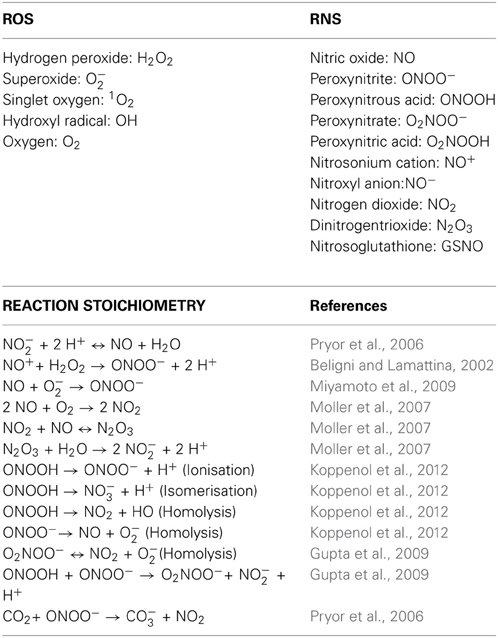Nitric oxide, antioxidants and prooxidants in plant defence responses
4.9 (253) · € 27.99 · Auf Lager
A short survey of the central roles of ascorbate and glutathione—the latter alone or in conjunction with S-nitrosoglutathione reductase—in controlling NO bioavailability and putative functions of this molecule and other NO derivatives in plant cells are described. In plant cells the free radical nitric oxide (NO) interacts both with anti- as well as prooxidants. This review provides a short survey of the central roles of ascorbate and glutathione—the latter alone or in conjunction with S-nitrosoglutathione reductase—in controlling NO bioavailability. Other major topics include the regulation of antioxidant enzymes by NO and the interplay between NO and reactive oxygen species (ROS). Under stress conditions NO regulates antioxidant enzymes at the level of activity and gene expression, which can cause either enhancement or reduction of the cellular redox status. For instance chronic NO production during salt stress induced the antioxidant system thereby increasing salt tolerance in various plants. In contrast, rapid NO accumulation in response to strong stress stimuli was occasionally linked to inhibition of antioxidant enzymes and a subsequent rise in hydrogen peroxide levels. Moreover, during incompatible Arabidopsis thaliana-Pseudomonas syringae interactions ROS burst and cell death progression were shown to be terminated by S-nitrosylation-triggered inhibition of NADPH oxidases, further highlighting the multiple roles of NO during redox-signaling. In chemical reactions between NO and ROS reactive nitrogen species (RNS) arise with characteristics different from their precursors. Recently, peroxynitrite formed by the reaction of NO with superoxide has attracted much attention. We will describe putative functions of this molecule and other NO derivatives in plant cells. Non-symbiotic hemoglobins (nsHb) were proposed to act in NO degradation. Additionally, like other oxidases nsHb is also capable of catalyzing protein nitration through a nitrite- and hydrogen peroxide-dependent process. The physiological significance of the described findings under abiotic and biotic stress conditions will be discussed with a special emphasis on pathogen-induced programmed cell death (PCD).

The importance of antioxidants which play the role in cellular response against oxidative/nitrosative stress: current state, Nutrition Journal

Recent progress in the knowledge on the alleviating effect of nitric oxide on heavy metal stress in plants - ScienceDirect

Review of oxidative stress and antioxidative defense mechanisms in Gossypium hirsutum L. in response to extreme abiotic conditions, Journal of Cotton Research
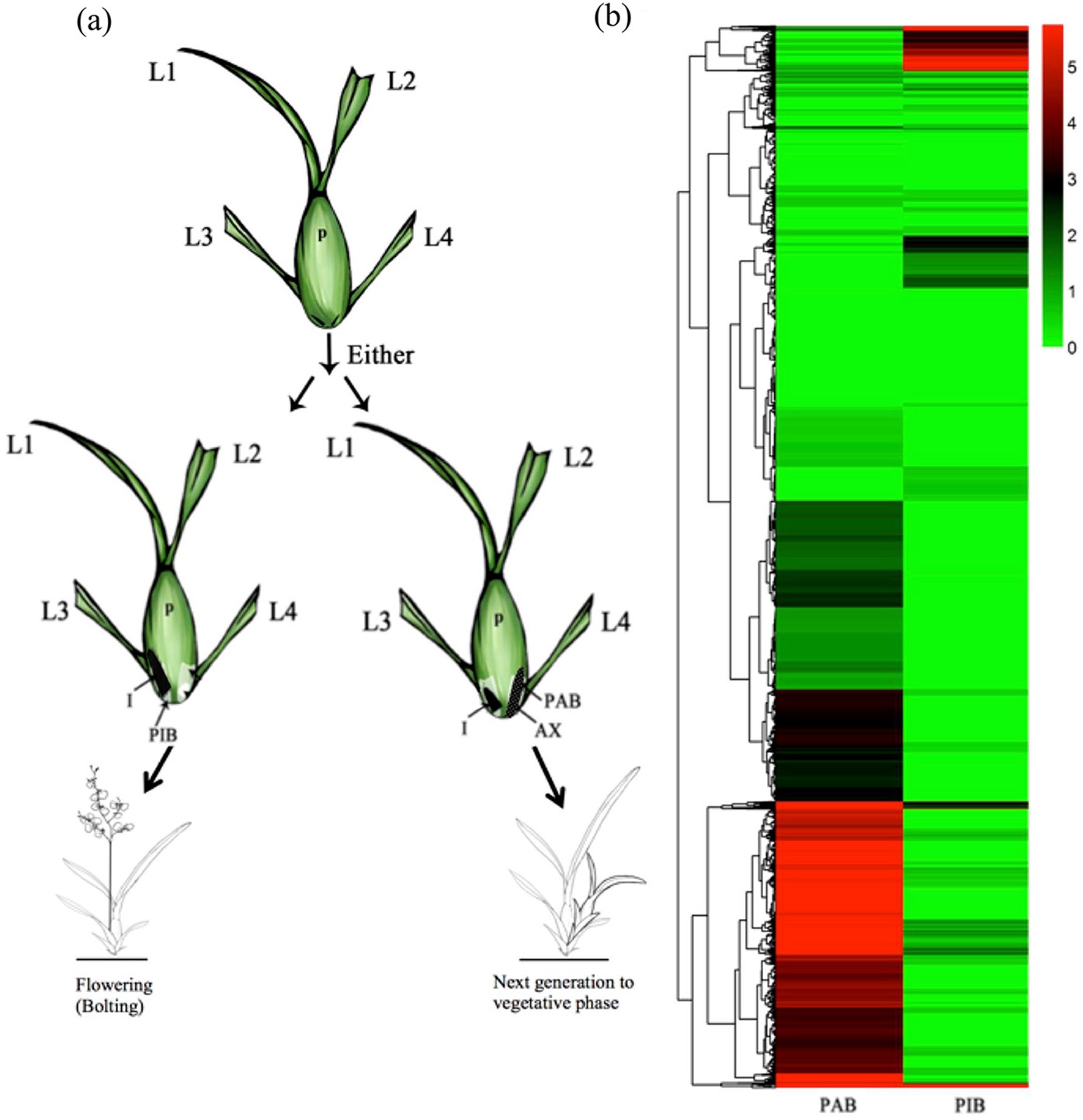
Nitric oxide participates in plant flowering repression by ascorbate

Full article: Nitric oxide pretreatment enhances antioxidant defense and glyoxalase systems to confer PEG-induced oxidative stress in rapeseed

Nitric oxide, antioxidants and prooxidants in plant defence responses
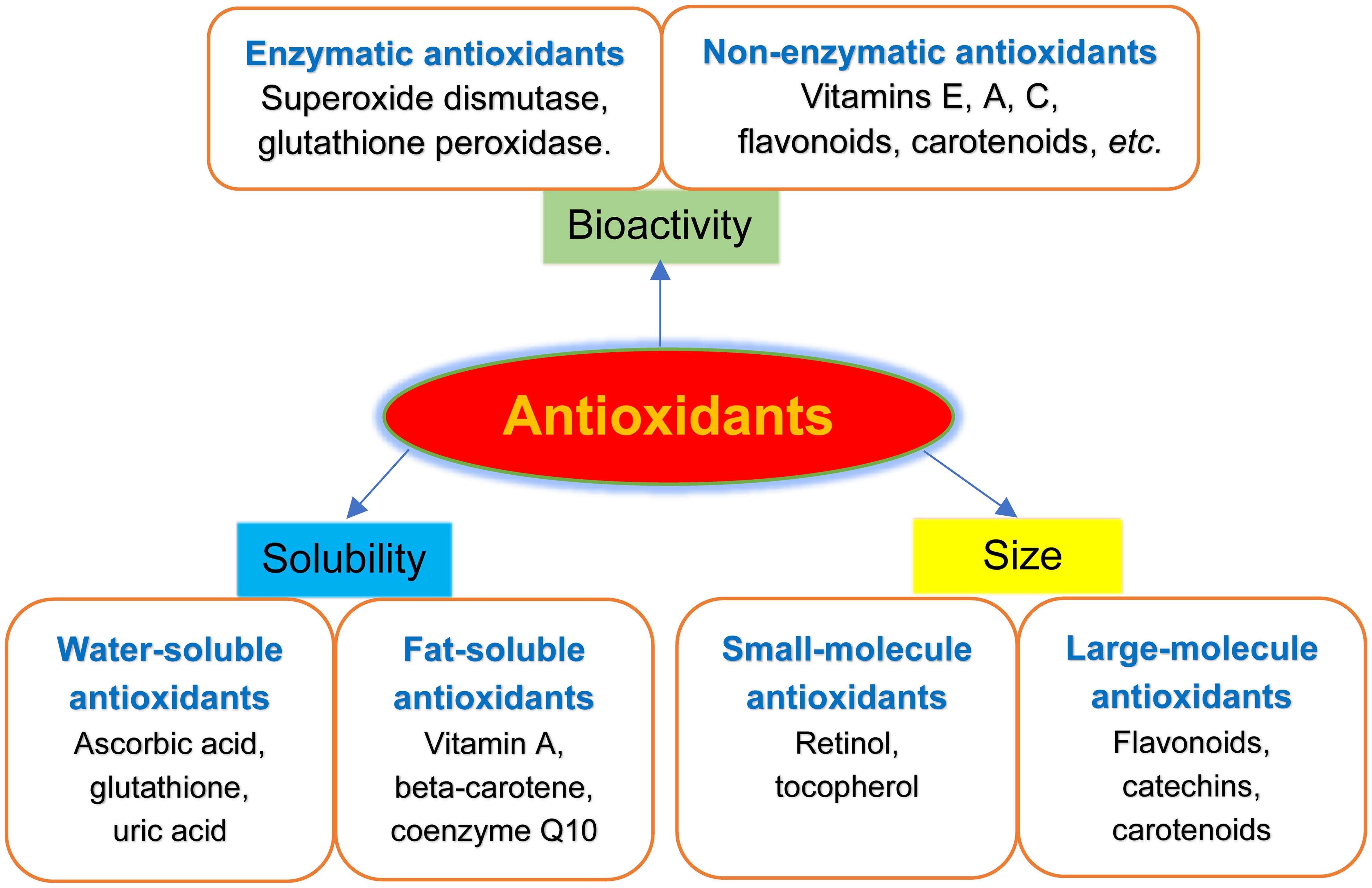
Antioxidants for the Prevention and Treatment of Non-communicable Diseases
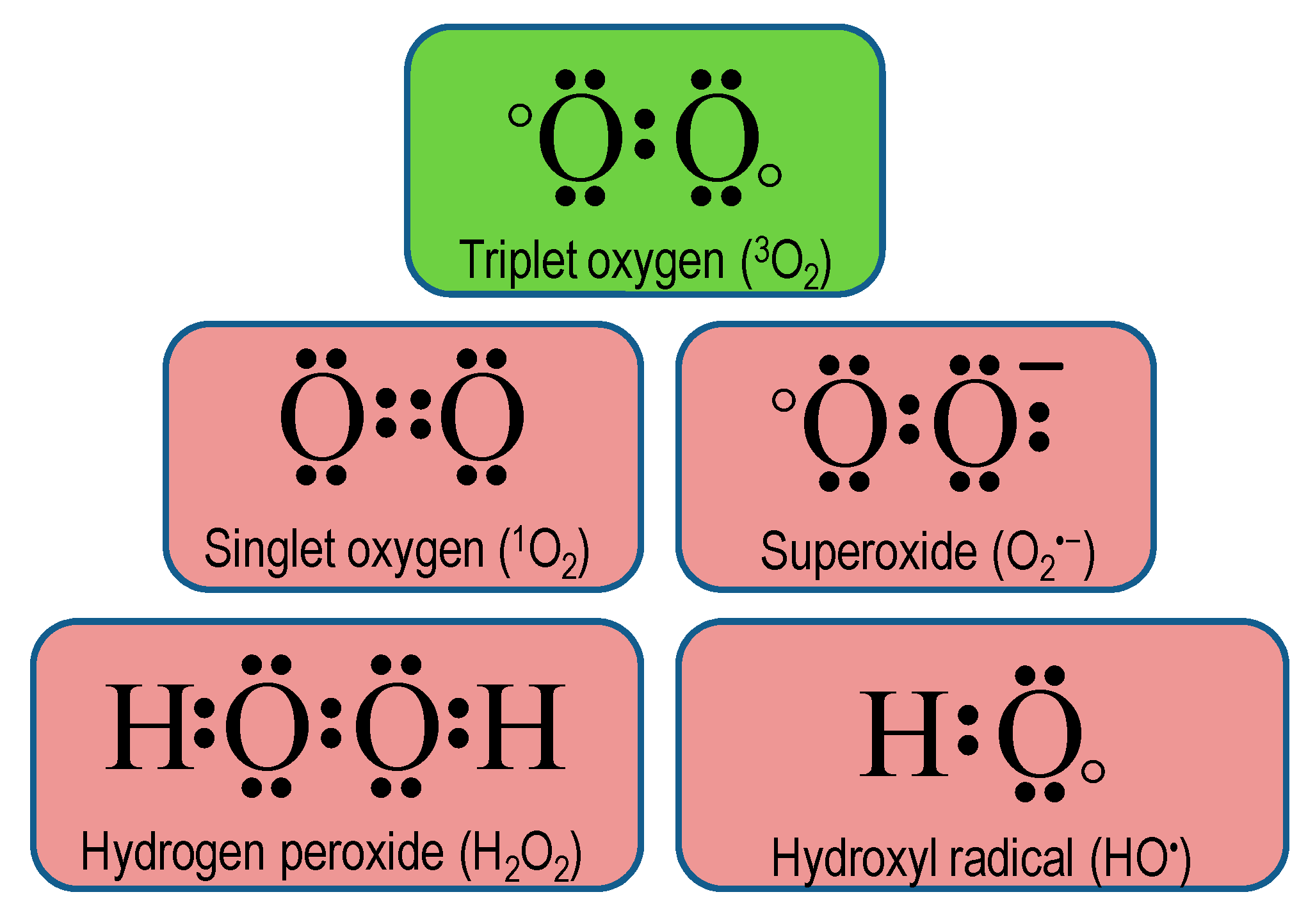
Antioxidants, Free Full-Text
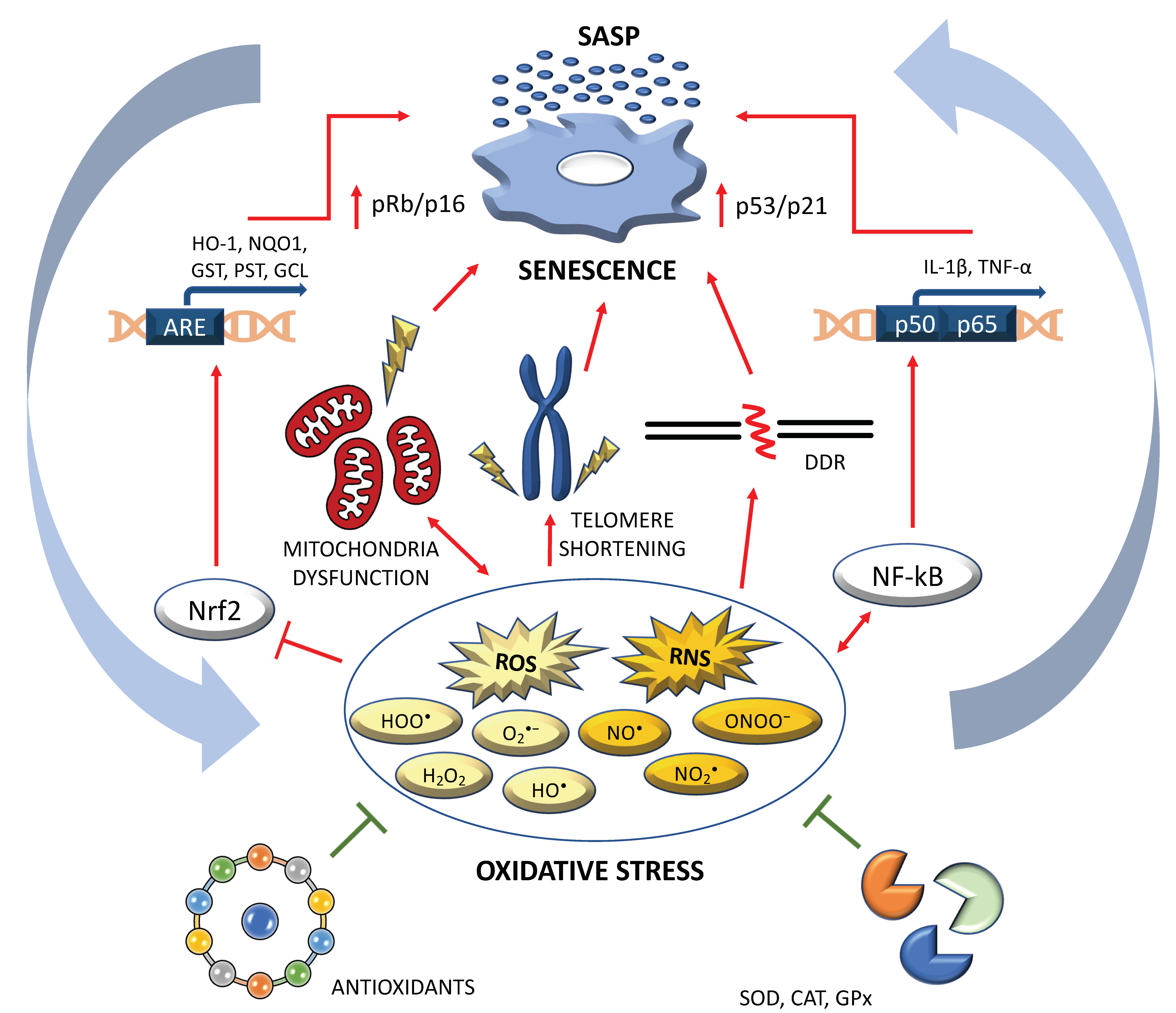
Antioxidants, Free Full-Text

Selenium-induced oxidative stress and consequent damage to the plant





